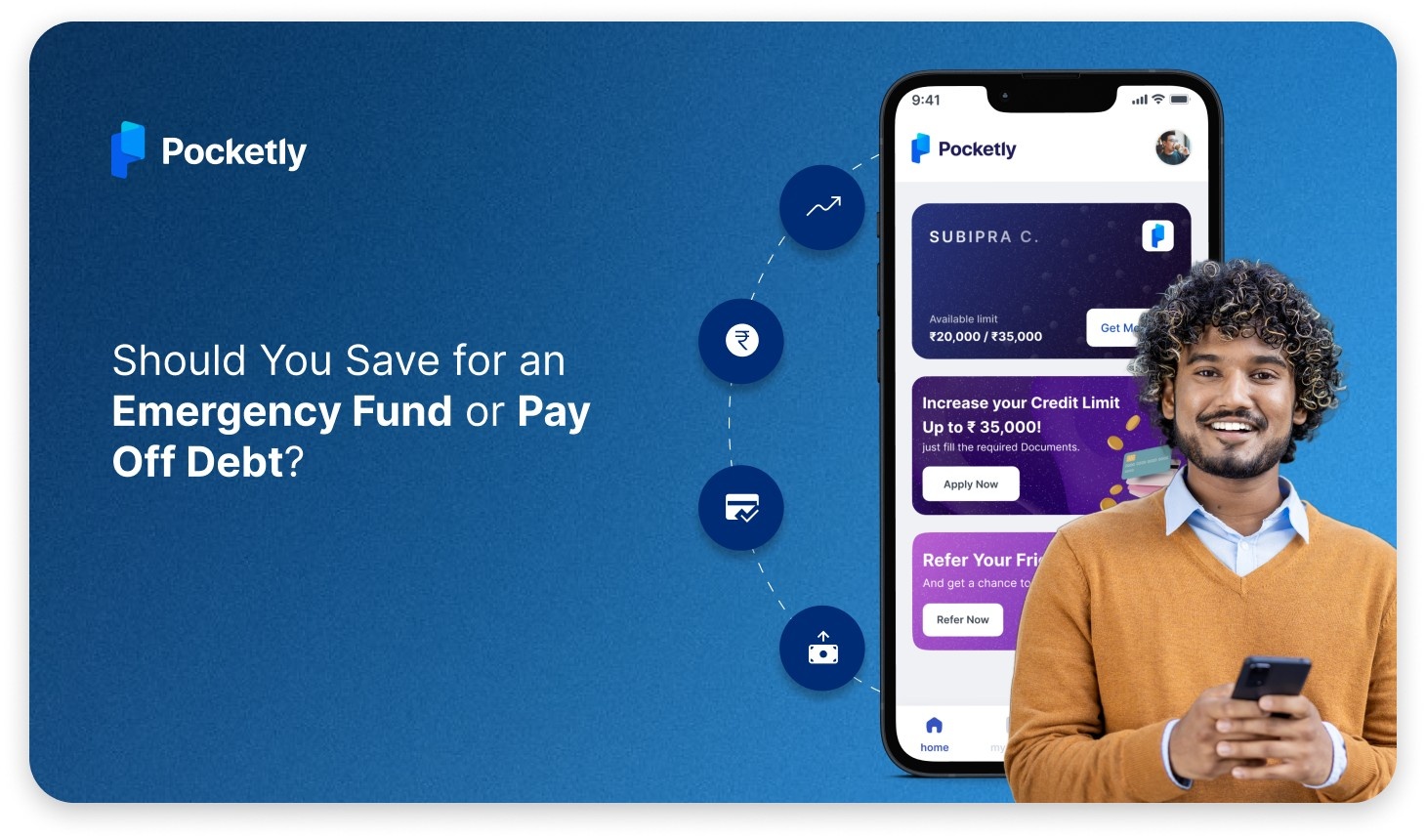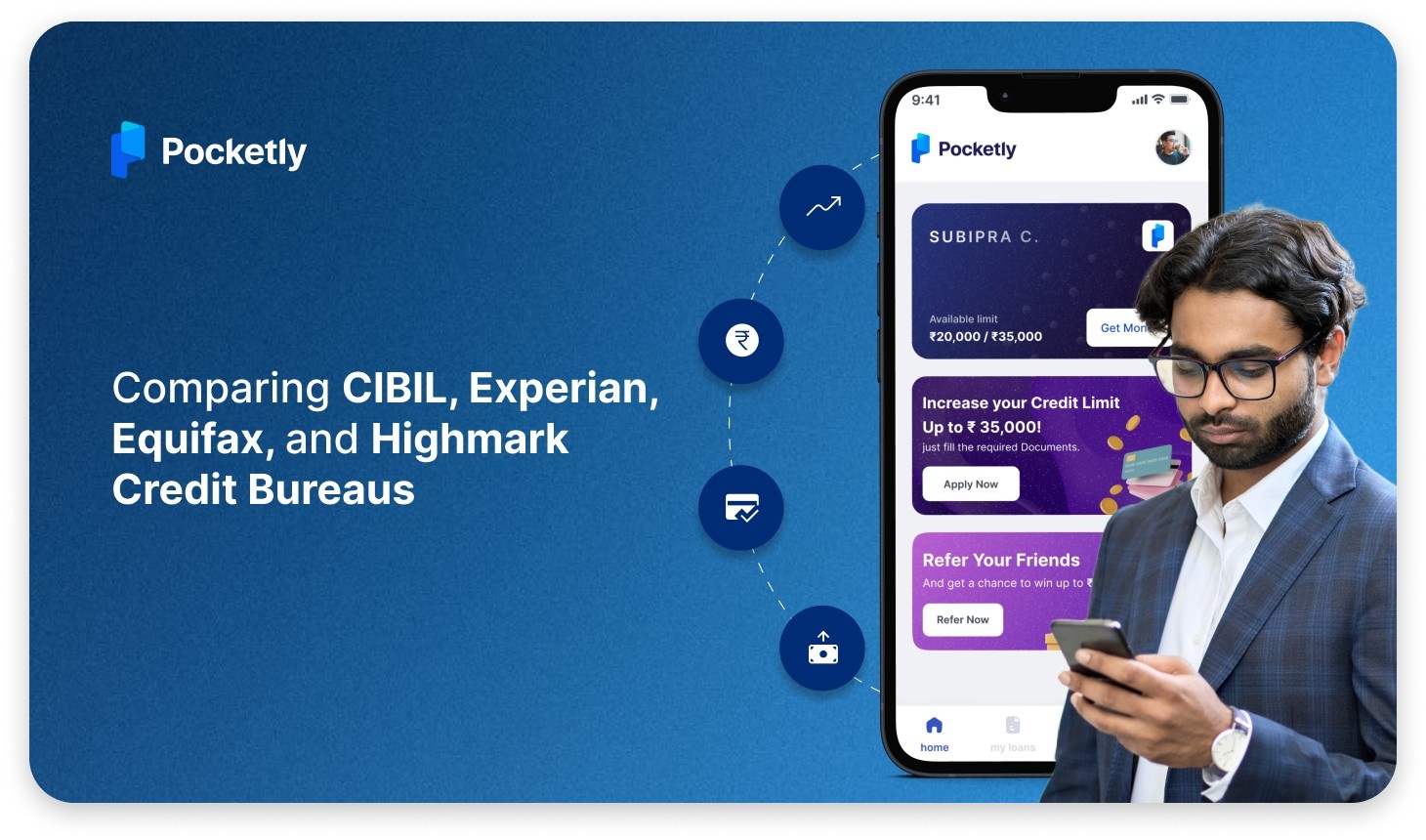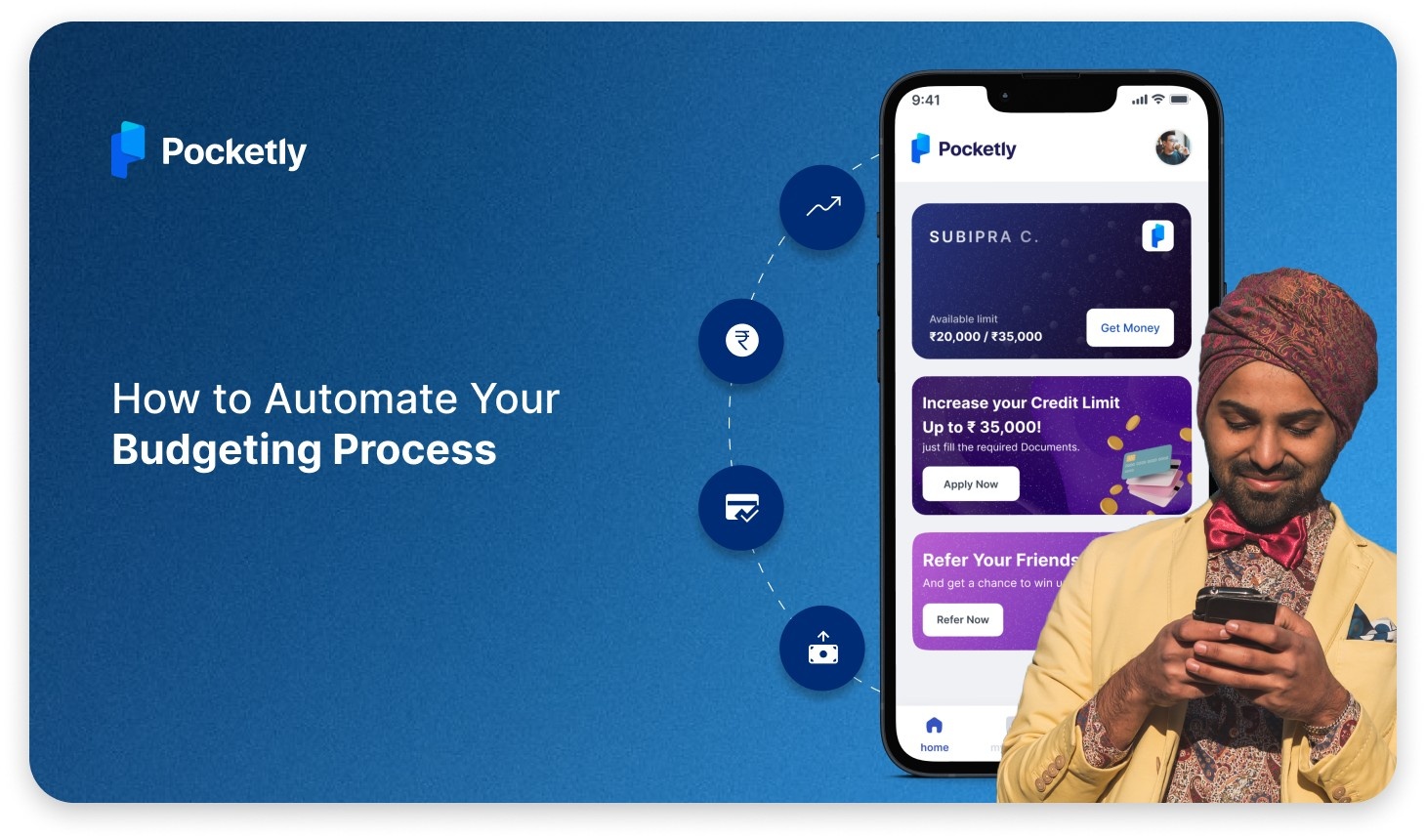
When running a business, managing finances efficiently is crucial, and unexpected charges can disrupt cash flow. One such fee that businesses often encounter is the DBD fee. While it may seem like a minor cost, over time, it can add up and impact a company's financial stability. Fortunately, some lenders offer a DBD fee waiver, which can help businesses save money and allocate funds more effectively.
If you're unsure about what a DBD fee is, why it is charged, and how a waiver can benefit your business, this guide will break it all down for you. Let's explore the importance of DBD fees in business finance and how waiving them can be a game-changer for your financial strategy.
What is DBD in Business Finance?
DBD, or Deferred Balance Due, is a financial term used in loan agreements and business financing. It refers to fees or charges applied when specific conditions of a loan are not met, such as delayed payments or non-compliance with agreed repayment terms. Lenders impose DBD fees to cover the risk associated with missed or rescheduled payments, ensuring they can recover potential financial losses.
DBD charges can vary depending on the lender, the loan type, and the borrower’s financial history. While these fees act as a safeguard for financial institutions, they can sometimes become an added burden for businesses, affecting cash flow and operational expenses.
Why is DBD Important in Business Finance?
Understanding DBD fees and waivers is essential for business owners managing their finances effectively. Here’s why it plays a crucial role in business lending:
- Encourages Financial Discipline – DBD fees act as a deterrent against late or missed payments, prompting businesses to prioritise timely repayments.
- Affects Loan Repayment Costs – Accumulating DBD charges can increase the total cost of a loan, making it more expensive for businesses.
- Impacts Cash Flow Management – Unexpected fees can disrupt financial planning, leading to cash shortages for essential business operations.
- Influences Loan Eligibility and Credit Score – Frequent DBD charges may reflect negatively on a company’s credit history, potentially affecting future loan approvals.
- Potential for Fee Waivers – Some lenders offer DBD fee waivers under certain conditions, providing businesses with an opportunity to reduce unnecessary expenses.
By staying informed about DBD charges and how to avoid them, businesses can make smarter financial decisions and maintain stability in their loan repayments.
Factors Leading to DBD Charges in Loans
DBD (Deferred Balance Due) charges are imposed by lenders when borrowers fail to meet certain loan conditions. These charges typically arise due to delays, missed payments, or changes in the loan agreement that affect the lender’s financial risk.
Understanding the common reasons behind DBD charges can help borrowers take proactive measures to avoid them and maintain financial stability.
Key Reasons for DBD Charges in Loans:
- Late or Missed Payments
- If a borrower fails to make timely EMI payments, the lender may impose a DBD charge as a penalty for the delay. This helps financial institutions recover potential losses from late repayments.
- Loan Restructuring or Modifications
- When a borrower requests changes to the loan agreement—such as extending the tenure, adjusting the interest rate, or altering repayment schedules—lenders may apply DBD charges to compensate for administrative costs.
- Failure to Meet Minimum Payment Requirements
- Some loans require borrowers to pay a minimum amount each month to remain in good standing. If the borrower fails to meet this threshold, DBD fees may be charged to offset the increased financial risk.
- Overdue Loan Balances
- If a borrower partially pays an EMI instead of the full amount, the remaining balance is deferred, leading to DBD charges on the outstanding portion of the payment.
- Non-Compliance with Loan Terms
- Any breach of contract—such as failing to maintain a minimum balance in linked accounts, not submitting required financial documents, or violating lender-specific conditions—can result in DBD fees.
- High Debt-to-Income Ratio
- If a borrower's debt obligations exceed a certain percentage of their income, lenders may apply DBD fees due to the increased repayment risk.
- Failure to Provide Collateral (if required)
- Some loans require collateral submission for security. If a borrower fails to provide the necessary collateral within the agreed timeline, DBD charges may be imposed as a penalty.
By being aware of these factors, borrowers can manage their loans efficiently, avoid unnecessary fees, and maintain a healthy financial profile.
Who is Eligible for a DBD Fee Waiver?
A DBD fee waiver is not automatically granted to every borrower. Financial institutions assess several factors before approving a waiver request. Businesses or individuals seeking relief from Deferred Balance Due (DBD) charges must meet specific eligibility criteria set by lenders.
Typically, lenders offer a DBD fee waiver to borrowers with a strong repayment record, a valid reason for requesting the waiver, and a stable financial position. Below are the common conditions that may qualify you for a DBD fee waiver.
Eligibility Criteria for a DBD Fee Waiver:
- Consistent Loan Repayment History
- Lenders are more likely to approve a waiver for businesses or individuals who regularly make timely payments and have a strong track record of financial responsibility.
- High Credit Score & Strong Financial Profile
- Borrowers with a good credit score and steady cash flow are seen as low-risk clients. This increases the chances of successfully negotiating a waiver.
- Genuine Financial Hardship
- If you can prove financial distress due to unforeseen circumstances (e.g., economic downturn, unexpected expenses, or a temporary cash flow crisis), lenders may consider granting a waiver. Supporting documents like bank statements, tax returns, or financial reports can strengthen your case.
- Pre-Existing Agreement on Fee Waivers
- Some loan agreements include provisions for DBD fee waivers if certain conditions are met, such as maintaining a specific repayment ratio or fulfilling pre-agreed terms.
- Early or Prepayment of Loans
- Borrowers who pay off their loans ahead of schedule or demonstrate a commitment to clearing outstanding dues may be eligible for a waiver on accumulated DBD charges.
- Strong Relationship with the Lender
- Long-term clients with a good standing relationship with the bank or financial institution can negotiate better terms, including the possibility of a DBD fee waiver as part of goodwill or customer retention efforts.
- Loan Type and Tenure
- Some lenders only offer fee waivers on specific loan products, such as long-term business loans or secured loans, while others may have stricter policies for short-term or high-risk loans.
If you believe you meet these criteria, you can reach out to your lender with a formal request, along with supporting documents, to increase your chances of approval.
Application Process for DBD Fee Waiver
If you’ve been charged a Deferred Balance Due (DBD) fee and believe you qualify for a waiver, you can submit a formal request to your lender. While the process may vary slightly depending on the bank or financial institution, the general steps remain the same.
Below is a step-by-step guide to help you apply for a DBD fee waiver effectively.
Step 1: Check Eligibility for the Waiver
Before applying, ensure that you meet the eligibility criteria set by your lender. Common factors that may qualify you include:
- A strong repayment history with minimal missed payments.
- A valid reason for requesting the waiver (e.g., financial hardship, system errors).
- A good credit score and financial stability.
- Pre-existing agreements with the lender regarding fee waivers.
Step 2: Gather Necessary Documentation
To support your waiver request, you’ll need to provide documents that justify why the DBD fee should be removed. These may include:
- Bank Statements – To demonstrate your financial position.
- Loan Account Details – Showing payment history and outstanding balance.
- Proof of Financial Hardship (if applicable) – Business losses, medical emergencies, etc.
- Written Communication from the Lender (if any) – Acknowledging previous agreements or errors.
Step 3: Contact Your Lender’s Customer Support
Reach out to your lender through:
- Phone – Call customer service and inquire about the waiver process.
- Email – Send a formal request with your account details and reason for the waiver.
- In-Person Visit – If applicable, visit the nearest branch for face-to-face assistance.
Step 4: Submit a Formal Request Letter
Write a DBD Fee Waiver Request Letter addressing your lender. Your letter should include:
- Your Name and Loan Account Number
- The DBD Fee Amount and Date of Charge
- The Reason for Requesting a Waiver (e.g., timely payments, technical error, financial hardship).
- Supporting Documents as proof.
- A Polite and Professional Tone to improve your chances of approval.
Step 5: Follow Up on Your Application
After submitting your request, track its status:
- Call the lender to confirm receipt of your waiver request.
- If you don’t receive a response within the expected timeframe, send a follow-up email or visit the branch for updates.
Step 6: Receive the Lender’s Decision
Your lender will review your request and:
- Approve the waiver if you meet the given requirements.
- Reject the request if the eligibility criteria are not met.
- Offer partial relief by reducing the DBD charges instead of a full waiver.
Step 7: Ensure the Fee is Waived (if Approved)
If your DBD fee waiver is granted, check your loan statement or account balance to confirm that the charge has been removed. If the fee is still there, contact customer support for clarification.
With the help of these steps, you can increase your chances of successfully waiving DBD charges and reduce unnecessary financial burdens.
Common Challenges in Getting a DBD Fee Waiver
Lenders have strict guidelines and policies regarding fee waivers, and businesses or individuals must meet specific conditions to qualify. Understanding the potential challenges in securing a DBD fee waiver can help you prepare effectively and improve your chances of approval.
- Strict Lender Policies
- Many financial institutions have rigid guidelines, making it difficult for you to qualify for a waiver unless they meet specific pre-approved conditions.
- Lack of a Strong Repayment Record
- If you have a history of missed or delayed payments, lenders may be hesitant to approve a fee waiver request.
- Insufficient Documentation
- Failing to provide supporting documents, such as proof of financial hardship or payment records, can lead to rejection.
- Low Credit Score
- Those with a poor credit history may struggle to get a DBD fee waiver as lenders perceive them as high-risk applicants.
- No Prior Agreement on Fee Waivers
- If the loan agreement does not include provisions for waiving fees under certain conditions, securing a waiver becomes more difficult.
- Inconsistent Loan Repayment Patterns
- Lenders may refuse waivers if they notice irregularities in the borrower's repayment history, indicating financial instability.
- Lengthy Approval Process
- Even if you qualify, getting approval for a DBD fee waiver can take time, requiring multiple follow-ups with the lender.
By being aware of these challenges, you can better prepare their applications, provide necessary documentation, and negotiate more effectively with lenders for a successful DBD fee waiver approval.
Want to understand Credit Control and how it works? Learn the process, its importance, and how it helps manage finances effectively with our guide Understanding the Process and Meaning of Credit Control.
Alternative Ways to Manage DBD Fees
If you're struggling with DBD (Deferred Balance Due) fees, there are several ways to reduce or avoid these charges. Instead of simply accepting these fees, you can explore different strategies to manage your loan repayment better and minimise financial strain.
- Request a Payment Plan: Many lenders offer installment-based payment plans if you're unable to pay the full amount at once. This can help you spread the cost over time without incurring additional penalties.
- Negotiate with Your Lender: If you have a good repayment history, you can talk to your lender and request a reduction or waiver of the DBD fees. Explain your financial situation and provide valid reasons for why the fee should be reconsidered.
- Consider Loan Refinancing: If your current loan has high fees and strict terms, refinancing with a different lender may help. Refinancing with better terms can reduce your repayment burden and help you avoid future DBD fees.
- Pay off the Outstanding Balance Early: Clearing the remaining loan balance ahead of schedule can sometimes help avoid accumulating additional fees. Check with your lender to see if early repayment is an option.
- Maintain a Healthy Credit Score: A strong and healthy credit score improves your bargaining power with lenders. Borrowers with a strong credit profile can often negotiate lower fees and access loans with more flexible repayment terms.
- Set Up Automatic Payments: Set up auto-debit for your loan repayments to prevent missed payments and DBD fees.
- This ensures that your payments are made on time and prevents unnecessary charges.
- Seek Financial Guidance: If you’re unsure how to handle your loan fees, speaking to a financial advisor or credit counselling service can help you develop a strategy to manage repayments more efficiently.
By understanding these steps, you can avoid unnecessary DBD charges, keep your finances stable, and make loan repayments more manageable.
Unexpected expenses like EMIs, gadget purchases, or DBD charges can arise at any time. Instead of putting your plans on hold, a quick personal loan can bridge the gap. With Pocketly, you get instant approvals, hassle-free processing, and flexible repayment, ensuring you’re always financially ready!
Pocketly – Your Go-To Solution for Instant Loans
When unexpected expenses hit, you don’t have time for long approval processes or piles of paperwork. That’s where Pocketly steps in—offering a fast, hassle-free, and fully digital borrowing experience to keep your finances on track.
Why Pocketly Stands Out:
- Lightning-Fast Approvals – No more waiting! Get approved within minutes and access funds instantly.
- Custom Loan Amounts – Need ₹1,000 for a quick fix or ₹25,000 for bigger expenses? Borrow what suits you.
- Simple & Paperless Process – Say goodbye to long forms! Just complete a quick KYC, and you’re set.
- Zero Hidden Charges – Everything is upfront—no surprises, just straightforward lending.
- Low Credit Score? No Problem! – Unlike traditional lenders, Pocketly gives fair access to loans, even if your credit score isn’t flawless.
- 100% Digital & Hassle-Free – Apply, track, and manage your loan effortlessly from your smartphone.
- Flexible Repayment Plans – Choose a repayment period that works for you, making repayments stress-free.
With Pocketly, borrowing is quick, easy, and designed for your convenience—so you’re always financially prepared!
Conclusion
Unexpected financial hurdles can throw off even the best of plans. But the good news? You don’t have to let them hold you back! Whether it’s covering DBD charges, managing EMIs, or handling last-minute expenses, the right loan solution can make all the difference.
And that’s where Pocketly comes in—your go-to digital lending partner, offering instant approvals, flexible repayment, and a hassle-free borrowing experience. So, why wait?
Download Pocketly today and secure a quick personal loan whenever you need it!
FAQs
How much personal loan can I get with a ₹40,000 salary?
Your loan amount depends on factors like your credit score, debt-to-income ratio, and lender policies. Typically, you may get a loan ranging from ₹8 lakh to ₹12 lakh, based on eligibility.
Can I get a personal loan with a ₹40,000 salary if I have existing EMIs?
Yes, but your existing debts impact your loan eligibility. Lenders consider your Fixed Obligation to Income Ratio (FOIR) to determine how much more debt you can handle. Keeping your FOIR below 50% improves approval chances.
What documents are required to apply for a personal loan?
Basic documents include Aadhaar card, PAN card, bank statements (last 3-6 months), salary slips, and address proof. Some lenders might require additional documents based on their policies.
Do I need a credit score?
No credit score is required. Pocketly welcomes first-time borrowers, too. It’s designed for everyone, including those new to credit.
What are the repayment options?
Flexible EMIs allow you to choose a repayment plan that fits your budget. You’ll have complete control over how you repay.

















